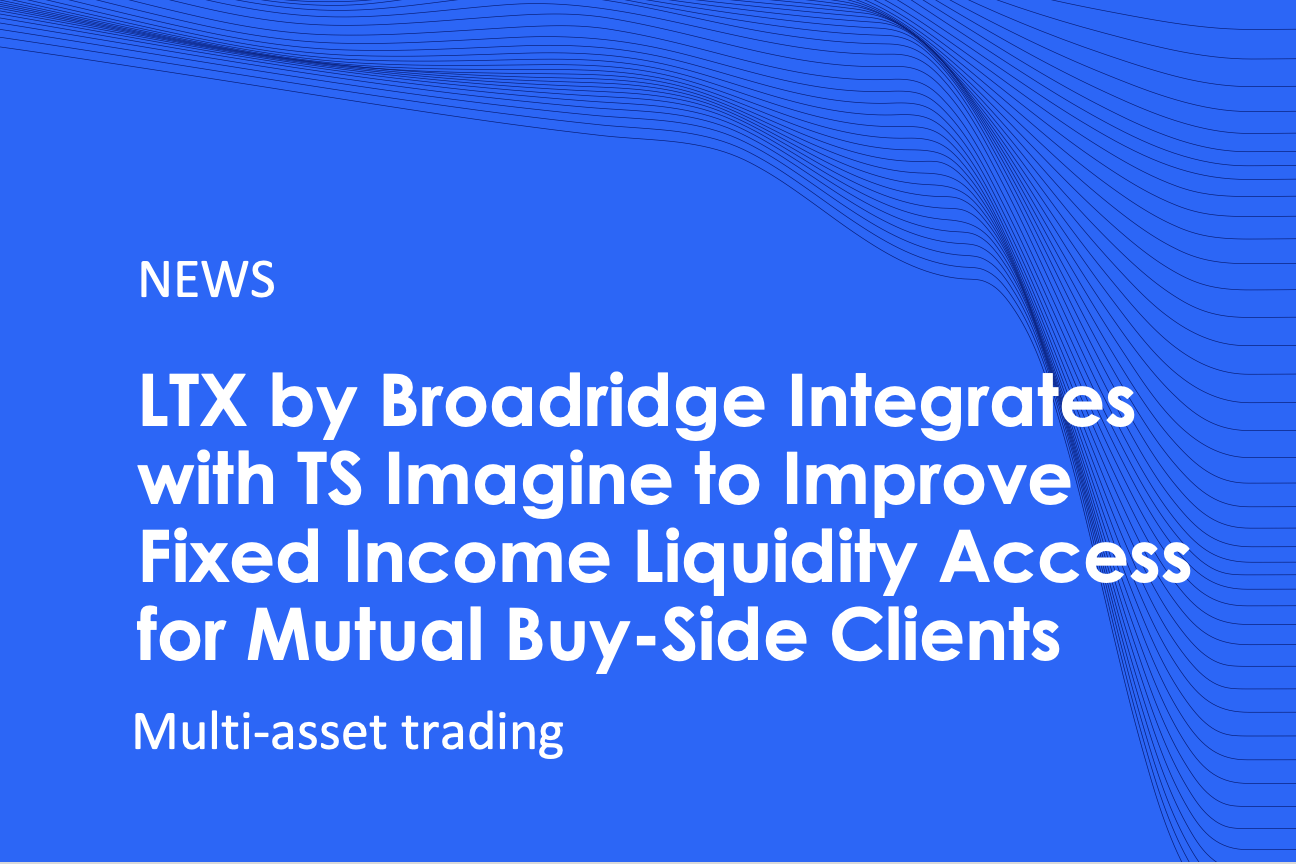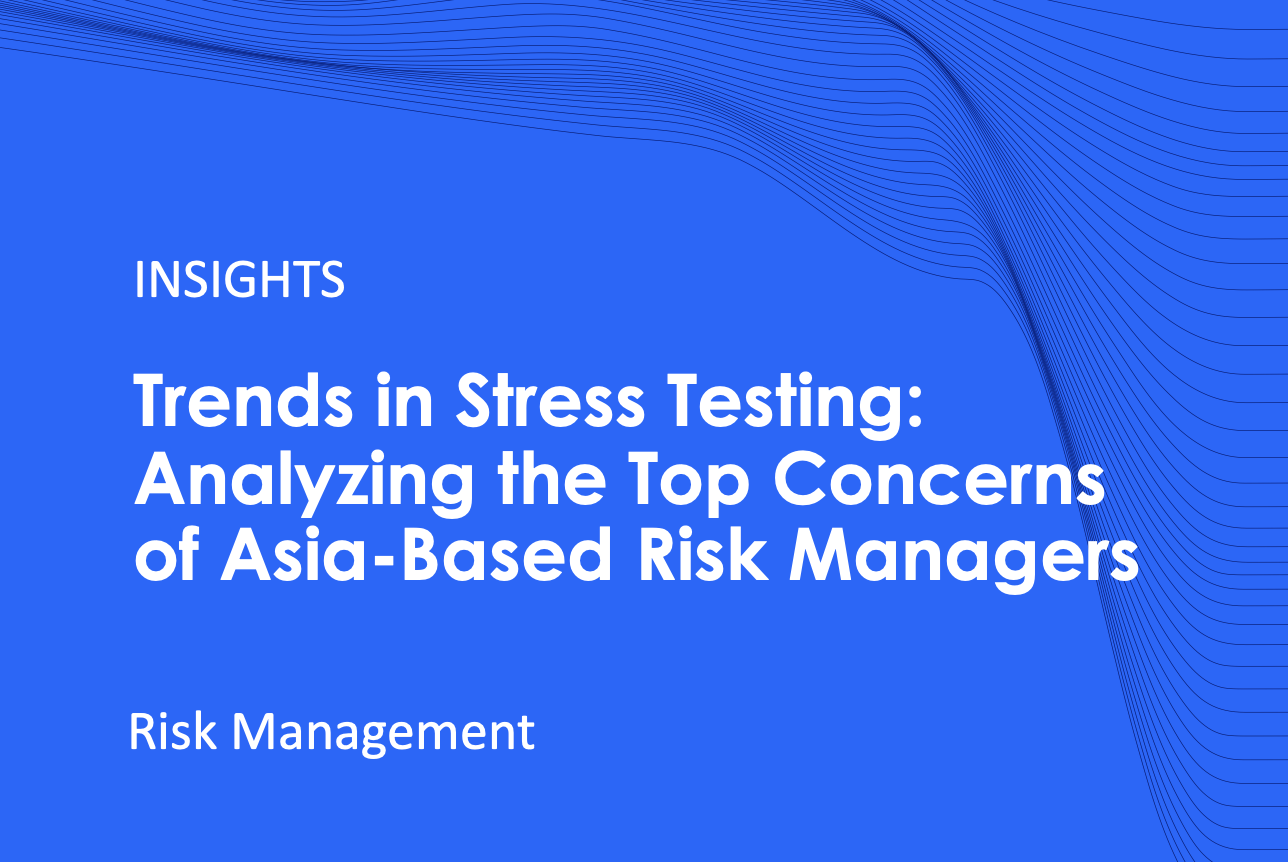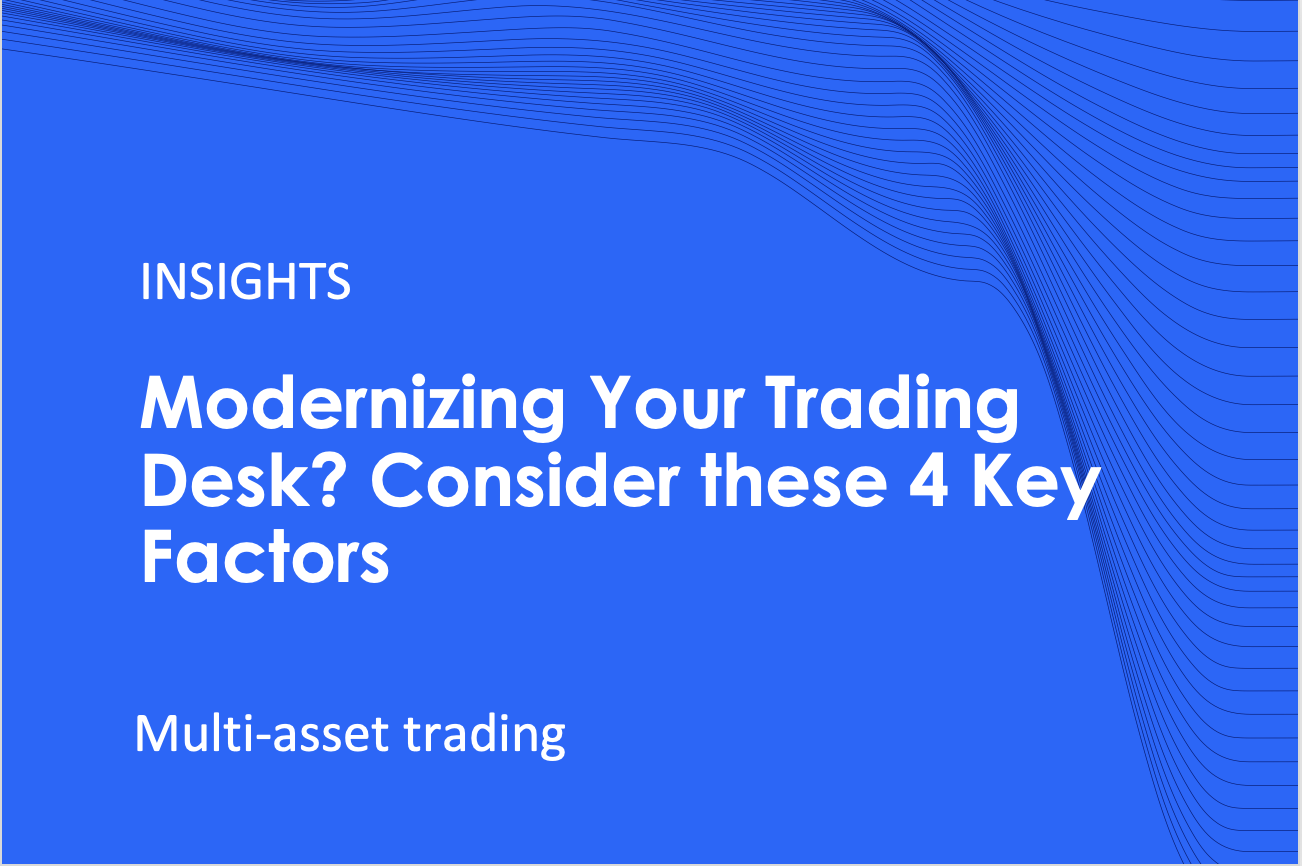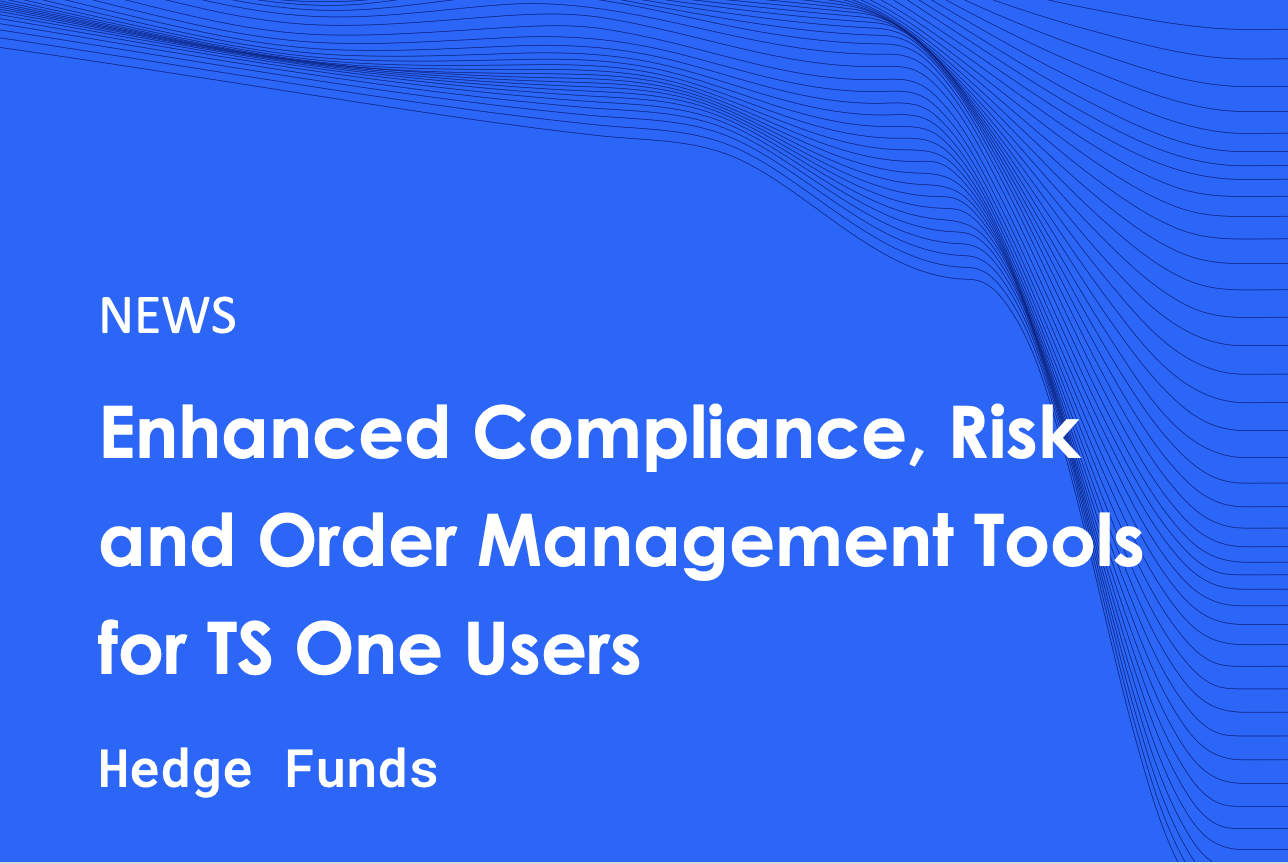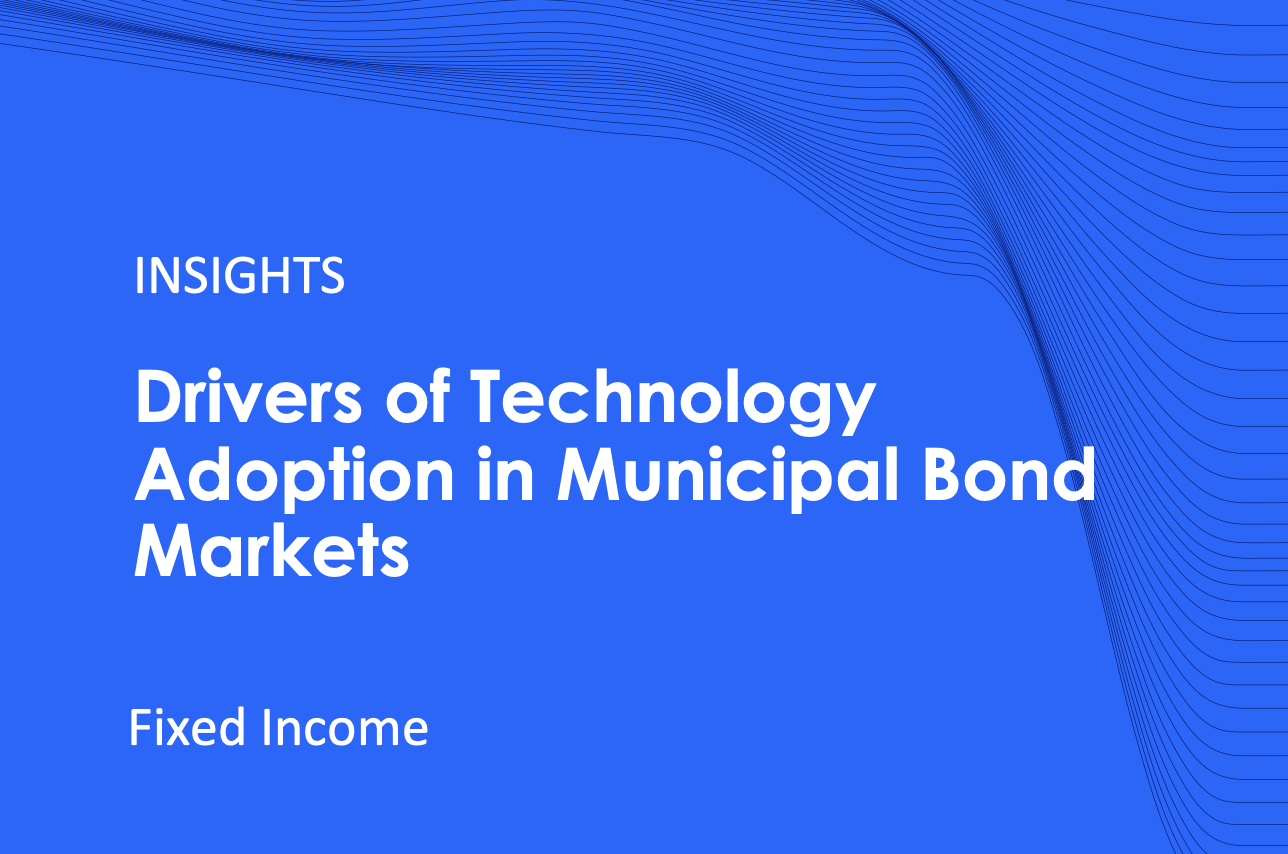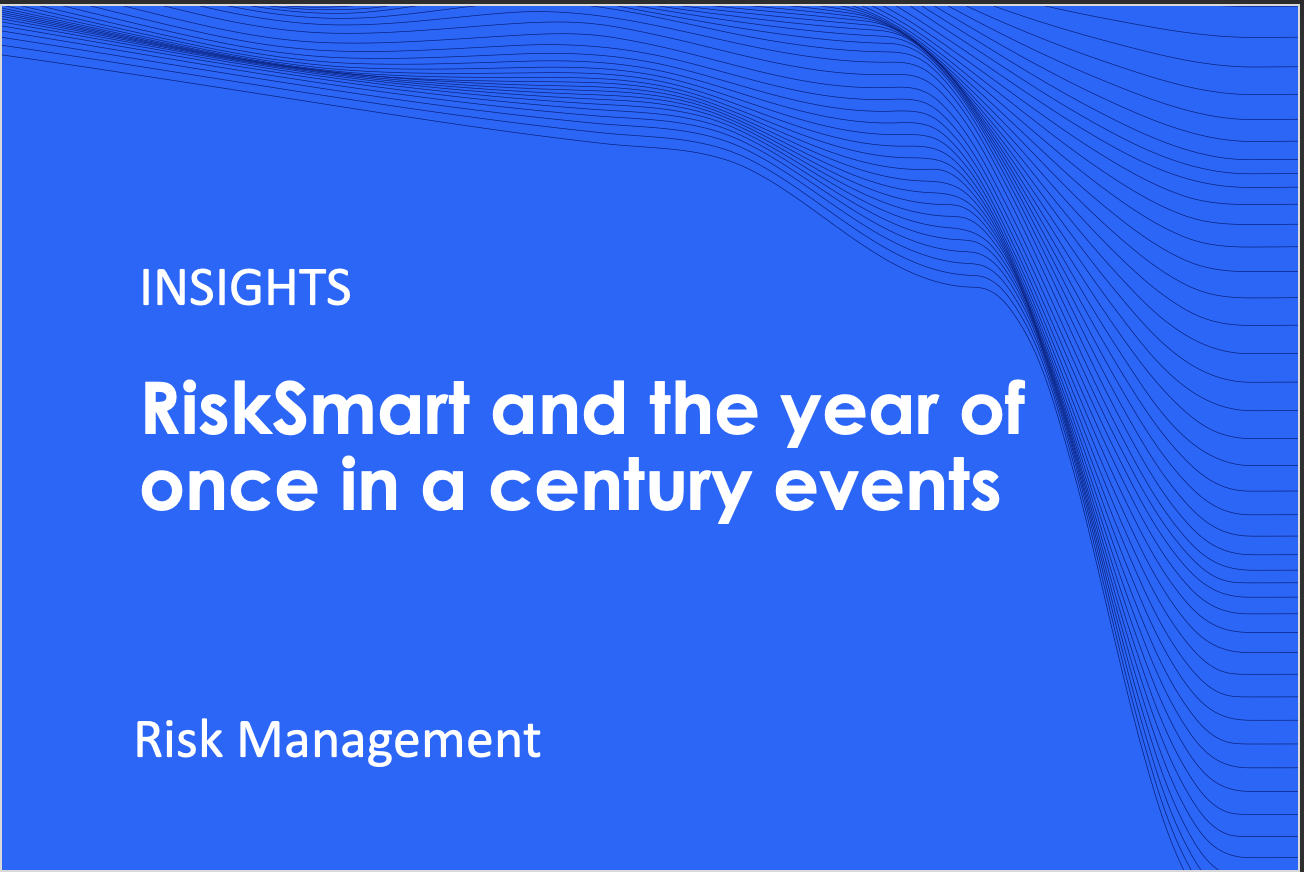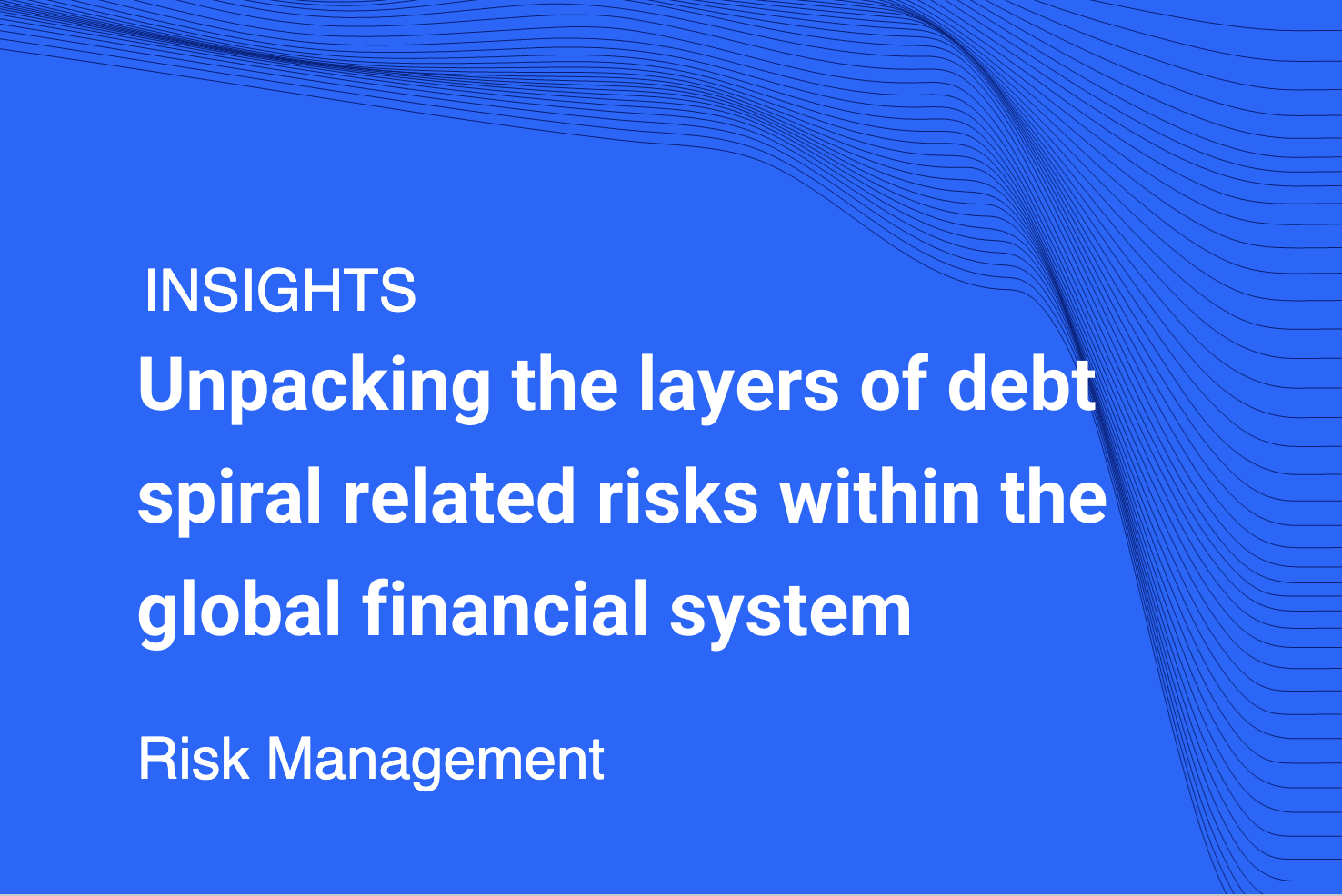Digitalization and electronification of the fixed income markets have been steadily debated over the past decades. Always a hot topic, and despite lengthy discussions, historically we haven’t seen this translate into concrete action, at the level or pace often discussed and expected. In our view, this is certainly changing, as we enter a new era for fixed income trading. One that will empower traders in the same way that equity traders were empowered when markets moved from the trading floors and open outcry, to screens and algorithms.
Let’s start with the bigger picture. As history tells us, when a new technology or product offers a better way of doing something, it can take a while for people to adopt it. In fact, the so-called “diffusion of innovation”[1] has been shown to follow a predictable path across five categories of users:

Even tech-savvy people in the innovator category can be a long way off in their predictions of how widely a new technology will be embraced. Point in case, in March 2005, YouTube co-founder Steve Chen doubted its potential, saying “There’s just not that many videos I want to watch”.[2]
But in the long run, good ideas and improved ways of doing things tend to win. Eventually, the benefits become so apparent that even those in the “Late Majority” and “Laggards” categories welcome the new approach – the fixed income markets do not seem to be an exception from this rule. While amongst some market participants it is still maintained that a traditional and manual approach to trading offers adequate efficiency, due to the specifics and diversity of asset classes, as well as the lack of natural liquidity, we see this changing – and changing fast. The complexities and specifics of these markets make them very different from trading equities or currencies, but herein also lies the upside. The benefits of a modern EMS, tailored to the needs of today’s fixed income traders, offering automation, streamlined liquidity access, and further underpinned by powerful, real-time analytics, are so compelling that it is fair to say a new era has already arrived.
Electronic Trading in Fixed Income
Fixed income veterans are all too familiar with the traditional workflow and until recently, the vast majority of bond trades (other than for U.S. Treasuries) were traded over the phone. Although stock markets have long since moved away from open outcry to electronic trading, bond traders often still rely on manual practices and phone calls to locate liquidity, interact with broker/dealers, and agree on quantities and prices to execute trades.
In defense of some of these long-held practices, bond trading is more complicated and nuanced than trading stocks or currencies. Traders not only have to figure out what bonds are available in a market where there is no central exchange, and at what prices, when there are no real-time reference prices readily available. They are also often looking to both buy and sell bonds in specific combinations to accomplish certain goals—extend or shorten duration, adjust sector exposures or credit quality, and just doing one leg of the trade is not acceptable.
So, in this complex and uncertain environment, the traditional, manual approach still works to an extent. But, the process lacks a simple and efficient way of evaluating liquidity, a way to compare each sell-side firm’s bids and offers in a greater context. The current process often includes manual spreadsheet solutions which consume much of a trader’s time, even for less complex trades. Also, who you are matters, or rather how profitable you are matters. Investment firms whose trading activities are less profitable for the sell-side than their peers have often been at a disadvantage in terms of price discovery and liquidity provision. Nothing new here, this is pure economics, but the traditional, manual approach often perpetuates the information imbalance. We are on a mission to improve this, and today we can offer better options.
When electronic bond trading was introduced a couple of decades ago there were many kinks to work out, both in terms of technology and user experience. Many firms scrambled to grab a piece of the electronic bond trading pie, but a fragmented market for trading bonds was counterproductive because volume/liquidity (which has become increasingly rare in fixed income post-2008 Financial Crisis) is maximized when buyers and sellers come together in a small number of big arenas rather than of a big number of small ones.
After a fairly brief shake-out, two or three incumbent platforms became the dominant third-party trading venues. However, many dealers continue to maintain their own platforms to serve clients directly, showing their own inventory and retaining part of the valuable one-on-one relationship. This market structure has its positive sides and does work. Having said this, it certainly has room for improvement, both in terms of workflow and overall efficiency. Traders must manage multiple screens as well as a number of point-to-point connections to dealers and platforms at the same time, scanning across them to see what liquidity is available at what prices, in order to meet best execution requirements. It’s electronic, but not necessarily much more efficient.
Empowering with Information
At TS Imagine, we looked at this situation and were convinced that we could build a solution that could greatly improve electronic fixed income trading. Having been in the electronic trading business for almost three decades, operating across multiple asset classes and benefitting from all of this experience, we’ve created a true multi-asset class EMS, but with best-in-class fixed income capabilities. A solution designed specifically for the fixed income market, yet powered with insightful experience across all other asset classes.
Guiding Principles – Liquidity, Price, Automation
Liquidity, price discovery, and automation are the three guiding principles behind our fixed income EMS. Buy-side traders need to know whether they are seeing a “good” price, and need an easy way to create a “proof of best execution” audit trail. This means efficient side-by-side comparisons across different sources, not a manual process across four to six different screens. TS Imagine’s fixed income EMS aggregates quotes from dealers, regional brokers, and third-party providers that combine liquidity from other sources, all in one place, on one screen. We also calculate the metrics that traders need to engage directly with any dealer who has provided a particular quote.
Furthermore, we focus on the automation of what traders have hitherto done manually. By capturing trade inputs and outcomes in real-time, the platform records and organizes valuable information that can be used to improve outcomes for future trades, information that is always available. For example, the platform keeps track of which dealer contributed a given quote and it allows traders to see past activity for bonds they are seeking to buy or sell. It also keeps track of trades by counterparty, making it easy to determine which sources have offered the best prices for certain issuers in the past, before pursuing new trades.
This also allows traders to substantiate claims that a relationship with Dealer X or Y is strong and profitable—or be surprised by what the trading history actually reveals. Traders have been doing this type of analysis on their own all along, often using a manual approach which can be both time-consuming and sub-optimal in terms of data management and retention. TS Imagine’s fixed income EMS streamlines and automates this process and thereby empowers traders by allowing them to focus on the usage of this data, hence adding value. For those who want to trade using new protocols, our platform supports algorithms and the data needed to drive decision-making, and for firms that may be interested in using machine learning to improve trading performance, the data captured by the platform can be used to train AI software.
Catalyst for Change
Back to the discussions around electronification and digitalization we’ve had so many times over the past decade. One might ask, what is different now? The status quo in fixed income trading has persisted for a long time so what is the catalyst for change? We see two macro themes having an impact here – the COVID pandemic and the change in work practices, combined with the economic shift from a low interest rate/low inflation economy to a more volatile future.
The COVID pandemic spurred the adoption of new tools and different ways of doing things. Having traders working from home, in a less compliance restricted environment, certainly had its issues and, in many ways initially fell short of best practice. The need for electronic solutions, better data, and a full audit trail became acute overnight. Looking forward, as we move towards a less certain future, coupled with hybrid working patterns, we see the need for these tools increasing and the adaptation rate further accelerating.
At TS Imagine we have been developing our fixed income EMS for many years, working closely with clients who’ve realized the future potential early on. The result is truly transformative – we often see traders’ faces light up when they realize how our platform can quickly produce the analyses they always wanted to create but never had the time to pull together, and how it will free up time for them to work on larger, more complex trades.
Today the buy-side fixed income desks face an increasingly competitive landscape, a complex market structure, and regulatory pressure to rely more on trading venues and less on voice trading. We also see large buy-side firms acting increasingly as liquidity providers, which calls for the all-to-all trading that the traditional voice-based approach struggles to replicate. TS Imagine’s fixed income solution addresses all these issues. Our platform brings greater transparency, improved efficiency and automation, and ultimately more accountability to help measure and improve performance for traders and their firms.
The market is ready for real change – the solution is here and the time is now. Find out how TS Imagine can help you with fixed income trading.
[1] Source: Diffusion of Innovation: How Adoption of New Tech Spreads (crm.org)
[2] Source: Top 10 worst tech predictions of all time (zdnet.com)
